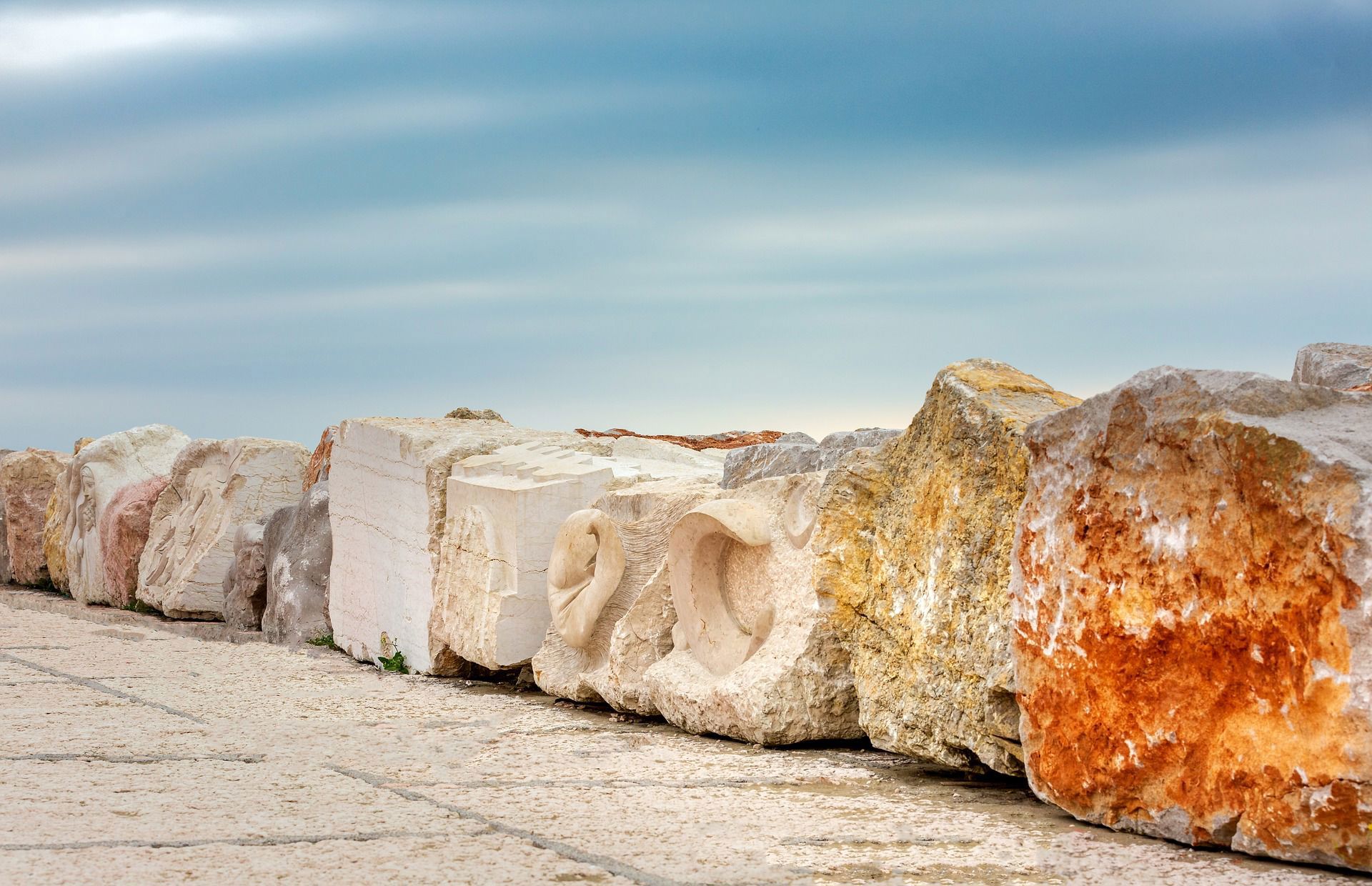



The origins of Caorle are traceable to the Roman era. In this sense, one of the most important testimonies of the period, is represented by the exceptional discovery of a Roman ship from the 3rd century in the Caorle sea.
However, a considerable amount of time before the Romans, important settlements existed in this area. The discovery of a proto-historic village dating back to the Bronze Age (at least 1500 years before Christ) in the countryside surrounding San Gaetano, bears witness to this.
After the fall of the Roman Empire, Caorle became a place of refuge for the inland population that escaped the barbaric invasions. It transformed into one of the most important cities on the coastline, contributing to the foundation of Venice, to which its history had been connected for a millennium.
After the Hapsburg dominion in 1800, the two world wars, and by the years approaching 1950, its modern history has been linked to the tourism economy that over a few decades has strongly increased its social development.
The cathedral (Duomo) is the main historical monument in the city. Built in Romanic style in the XI century, it was for many years the bishop's headquarters.
Another important town monument is the Marian church of Saint Michael Archangel, commonly known as "Madonna dell'Angelo". It has always represented a point of reference for sailors. It stands for the strong connection between the town and the sea.
It hosts a votive stone altar that, according to the legend, was floating in the sea sustaining the statue of the Virgin Mary. A group of children were the only ones able to bring it to share.
Since the second half of the XX century, Caorle has also witnessed flourishing tourism. It has become one of the major seaside resorts in the Northern Adriatic Sea.
